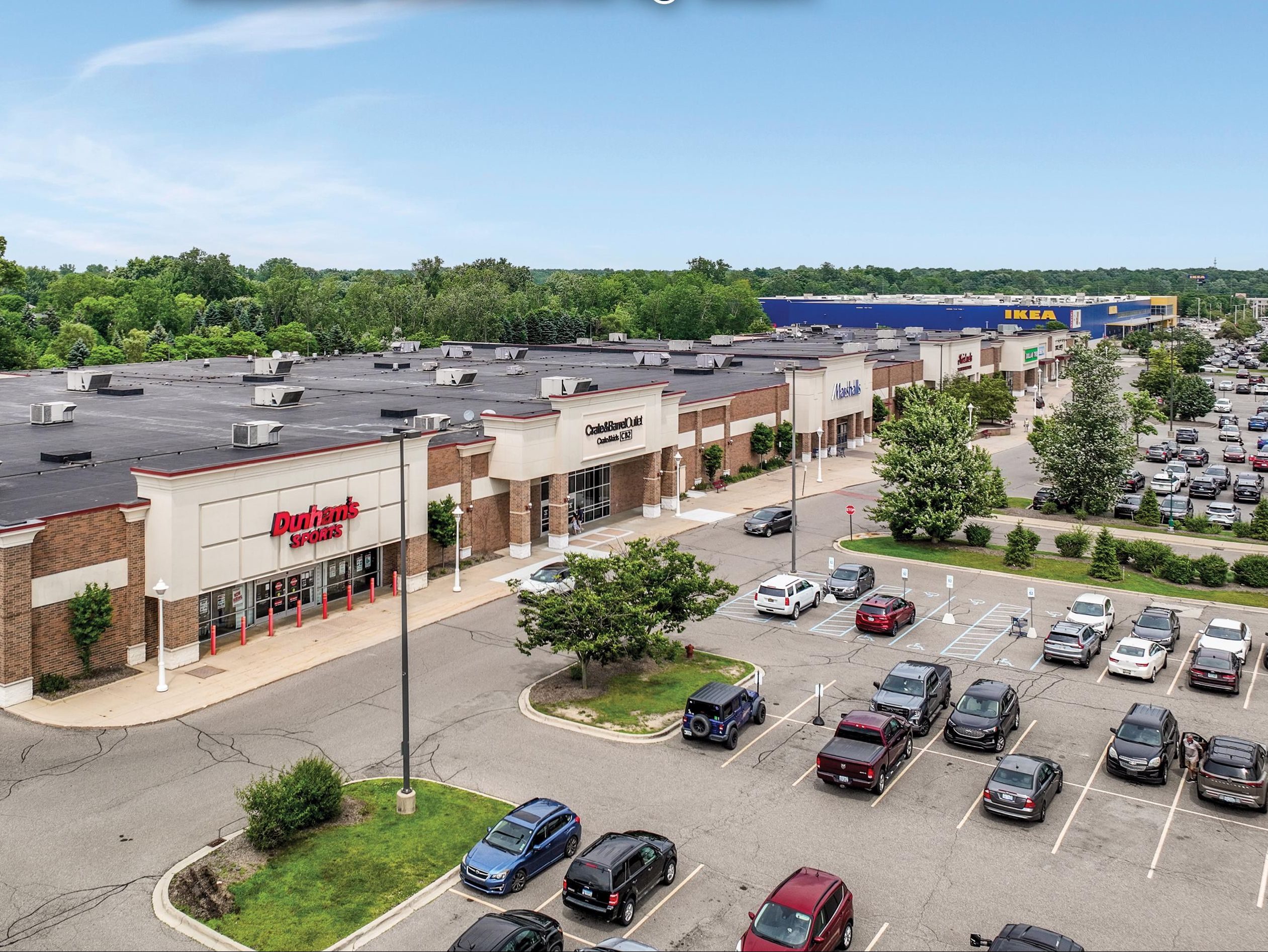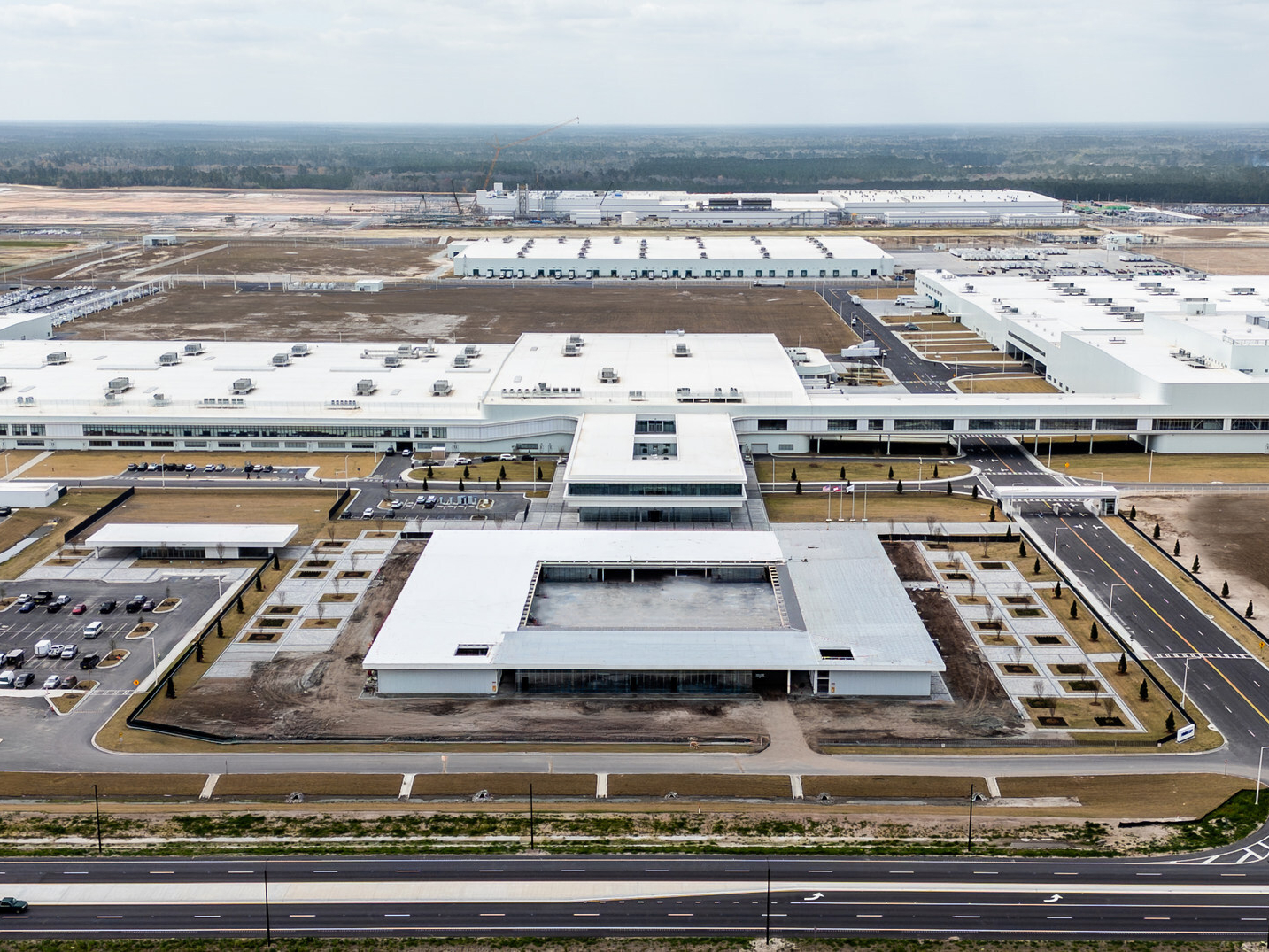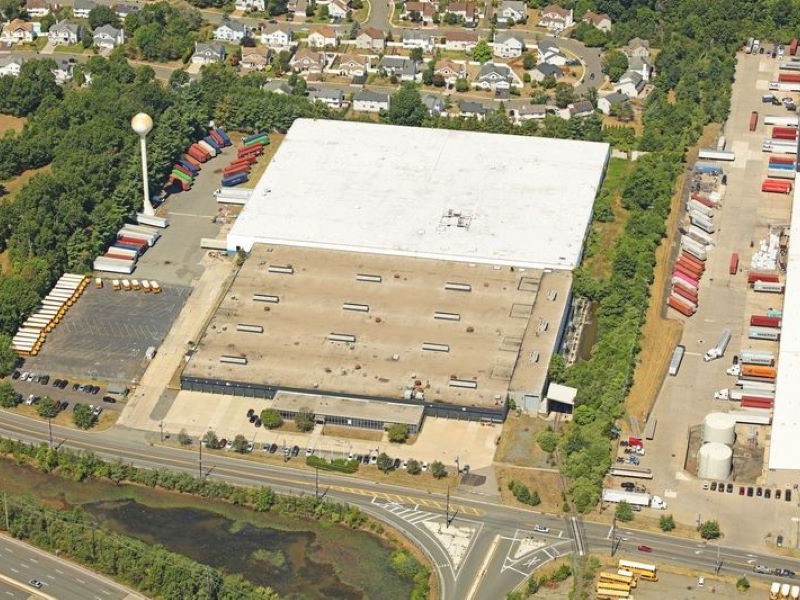What’s Ahead for the Office Sector in 2023
Fundamental shifts in office utilization are accelerating changes in the sector, according to the fourth installment of our outlook series.
The past year brought many changes to the office sector, largely dictated by shifting work model strategies and the widespread adoption of hybrid systems. The trend of employees spending less time working in the office persists, and not because of pandemic-related concerns but rather due to a structural shift in working behaviors.
“Employees have become accustomed to the flexibility and autonomy that hybrid work provides, and many associate it with improved sentiment toward work,” Jessica Morin, CBRE Americas Head of Office Research, told Commercial Property Executive. “Many employers are supporting hybrid work, but both parties still deem the office to be a critical factor of success,” she added.
READ ALSO: What’s Ahead for the Coworking Sector in 2023
Andrew Dance, managing partner at Brand Atlantic Real Estate Partners, believes 2022 was an extension of the ongoing flight-to-quality trend. Tenants continued to seek office spaces that empower growth and culture through next-level amenities and great-looking designs that inspire people. Offices that did this—especially within wider placemaking strategies—still saw far higher leasing demand.
And while demand for the best buildings supported rent growth in top-tier office towers, a smaller pool of tenants interested in a growing stock of sub-par office buildings limited those landlords’ ability to increase rents. As a result, a deep divide between prime and secondary office buildings underpinned an uneven office recovery, Morin noted.
Challenges in the office sector persist
Throughout last year, employers struggled to increase office utilization and attendance among workers as they balanced the need to attract and retain talent within a competitive labor market. According to Morin, many companies that desire stronger office usage are now engaging in strategies around change management to help shift employee behavior in this space.
From an occupancy standpoint, the office sector continues to far worse than retail, Dance pointed out. People are largely going to places where they want or have to be, such as schools or hospitals. The office is no longer a place where they need to be, so owners and corporate real estate professionals began adjusting what the office means to end-users.
“The challenge is delivering offices where people want to work from more than they want to work from home,” Dance said. “It needs to be worth the commute…Basically, you need to build a truly exceptional space to compete.”
This is the main reason why older buildings with outdated amenities struggle to attract tenants. As a consequence, the sector’s recovery in some large and dense gateway markets that were hit hard during the health crisis is stalling, Morin mentioned.
READ ALSO: How Vacant Office Spaces Get New Life
In San Francisco, Seattle and Los Angeles, a slowdown in tech leasing and hiring—an industry where office utilization is more affected by hybrid work than others—also contributes to weaker office demand, the latest CommercialEdge office report shows. But in some prime markets such as New York and Boston, demand in the second half of 2022 improved, driven by finance and life science tenants, a recent CBRE life sciences report found.
Overall, the combination between smaller footprints and a flight to quality will leave the U.S. office market with a surplus of vacant and undesirable office inventory. Outdated office space will continue to weigh on the market until rents are reduced enough to entice tenants to absorb some of the space, or the buildings are demolished or converted to an alternative use, Morin believes.
“While conversion activity will rise over the next few years, feasible office conversion opportunities represent a negligible share of total U.S. office inventory due to regulatory barriers, construction costs and the configuration of existing floorplates in some office buildings,” she said.
What will the office market look like in 2023?
Going forward in 2023, specialists agree that those smaller but upgraded offices will dominate the landscape. As companies find an optimal balance between employee and employer preferences, office utilization and the space needed per worker will continue to recalibrate. Morin mentioned that this new normal could ultimately reduce the average demand for office space per employee by up to 15 percent from the pre-pandemic norm.
Reducing underutilized space will rise in 2023 as companies navigate a slowing economy. And new office supply will eventually adjust to lower demand.
“High availabilities will discourage developers and construction lenders from building new offices in 2023,” Morin said. “A thinning construction pipeline will reduce supply-side risks over the next few years. However, as the current pipeline of underway projects delivers, supply will outpace demand, pressuring rents in 2023.”
From an office space user standpoint, Dance believes there is going to be high demand for new and repositioned office assets. The best spaces are going to see a lot of interest. However, office space occupiers will expect owners to be more collaborative and flexible this year and beyond. Spaces will need to be adaptable to organizations themselves as they continue to change. Dance expects the office sector to further transform and adopt more wellness amenities, technology, user services and placemaking to attract workers.
“People are inherently social and, even if they spend a couple of workdays from home, they’re going to want a place to connect. Offices that make people feel energized are going to carry the day in the coming year,” Dance added.
Naturally, the looming economic downturn raises questions about employment rates, company headcounts, and corporate real estate footprints, but the office sector is definitely far more prepared for market uncertainty today than it was in 2020.
“Back then, office tenants were forced to adapt quickly amid the pandemic, and now workplaces are much more aligned to meet their needs,” Dance said. “Forward-thinking office owners that have kept up with their tenant demands will be positioned to succeed, and be an active partner in their tenants’ growth.”
Though expected to ease by the second half of 2023, inflation will still weigh on both tenants and landlords in various ways, as will high interest rates. According to Morin, office space users will continue to make leasing decisions as expirations near. We’ll likely keep seeing more new deals than renewals, as occupiers embrace the new patterns of work that have emerged since the pandemic, and landlords understand that their spaces need to adapt to those changes.
READ ALSO: How Walkability Impacts CRE Markets
On the other hand, the high cost of building out new space will likely entice some tenants to sign longer-term leases to leverage generous tenant improvement allowances offered by landlords. However, rising costs may keep some tenants in place, and we could likely see an uptick in short-term renewals, as well.
While economic uncertainty and cost containment will influence their future space planning and location decisions, occupiers will also focus on high-quality offices that offer short commutes and attract employees.
Fast-growing labor markets in the Sun Belt, including Austin, Texas; Dallas; Miami and Nashville, Tenn., will remain in favor. Growing demand among life science tenants will buoy hubs like Boston, Denver and Salt Lake City. Best-in-class properties in otherwise hard-hit primary markets, including Manhattan and Los Angeles, will also garner more interest, Morin concluded.








You must be logged in to post a comment.